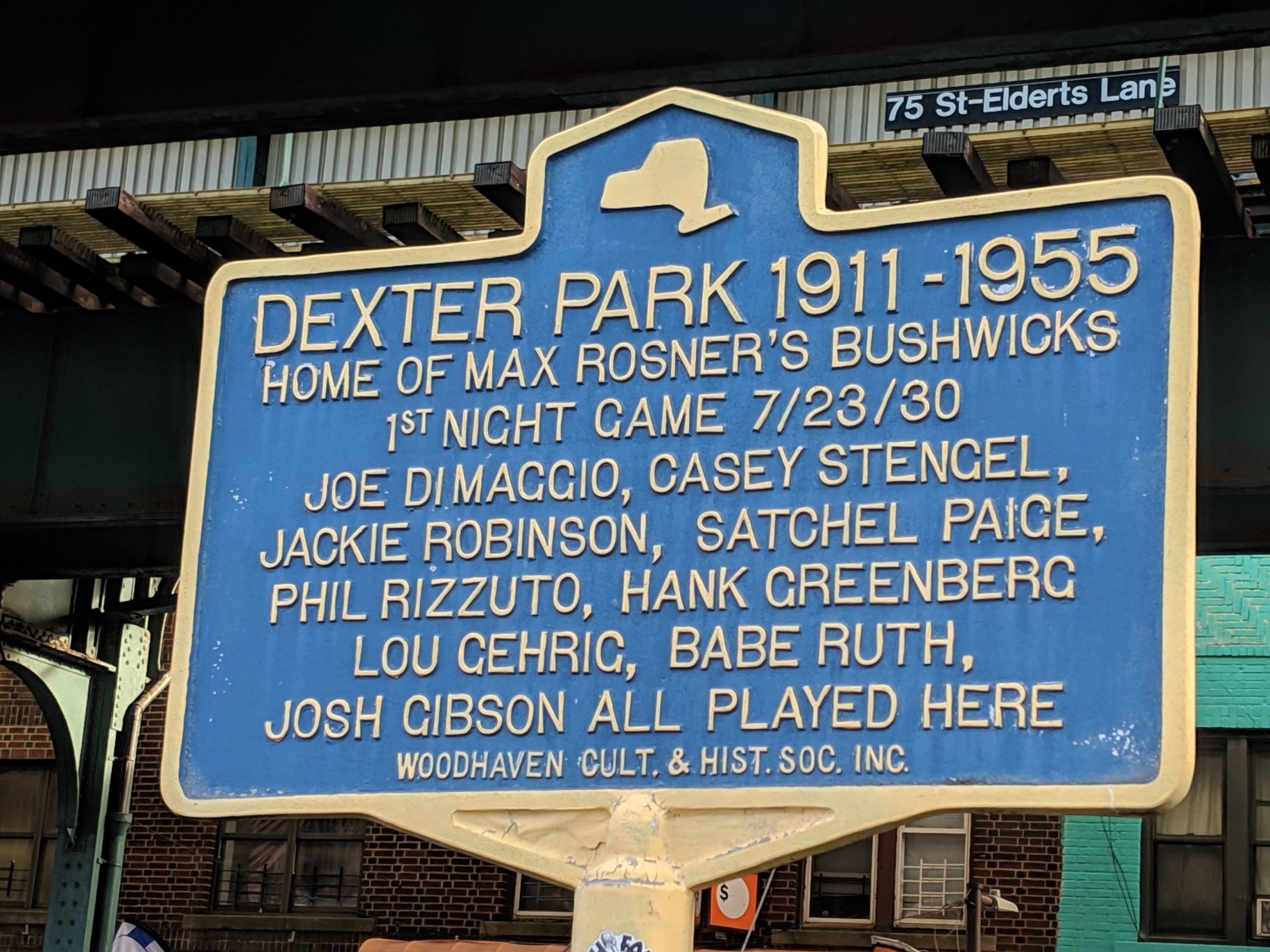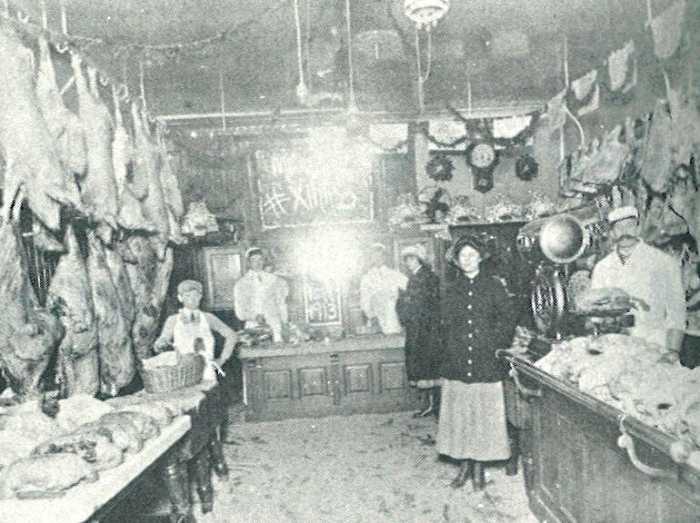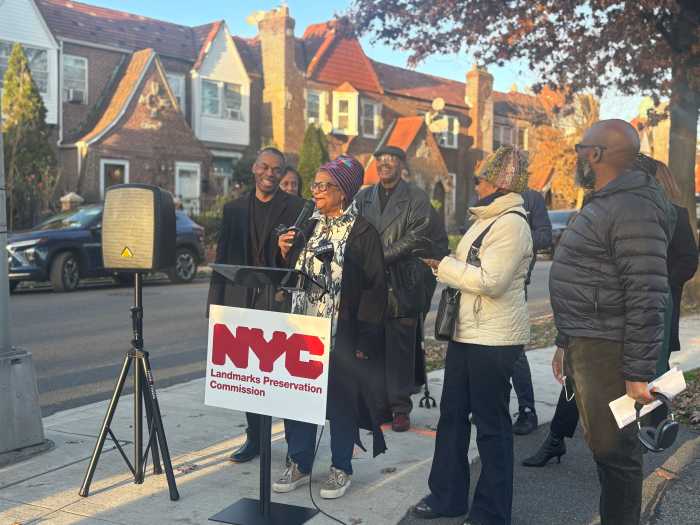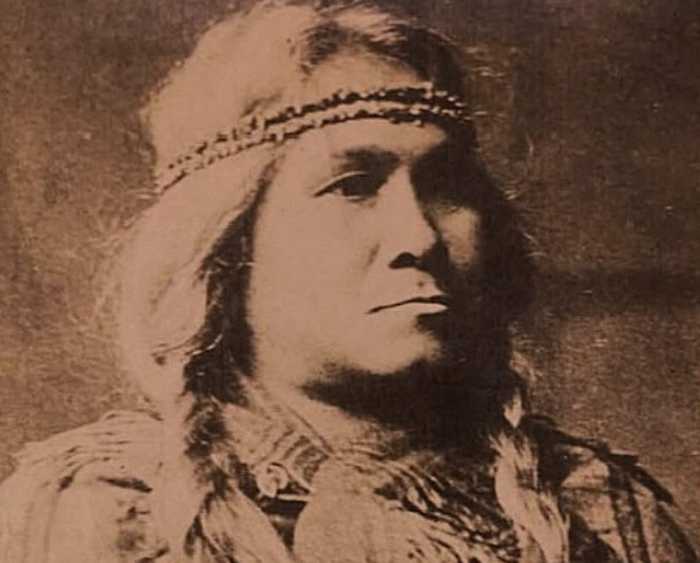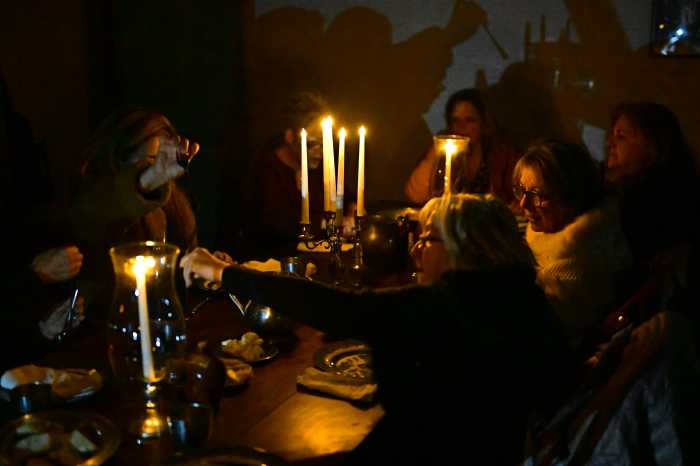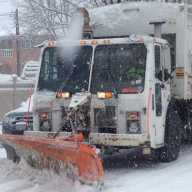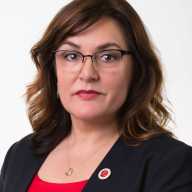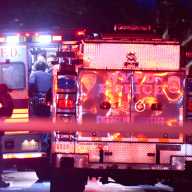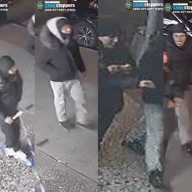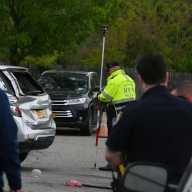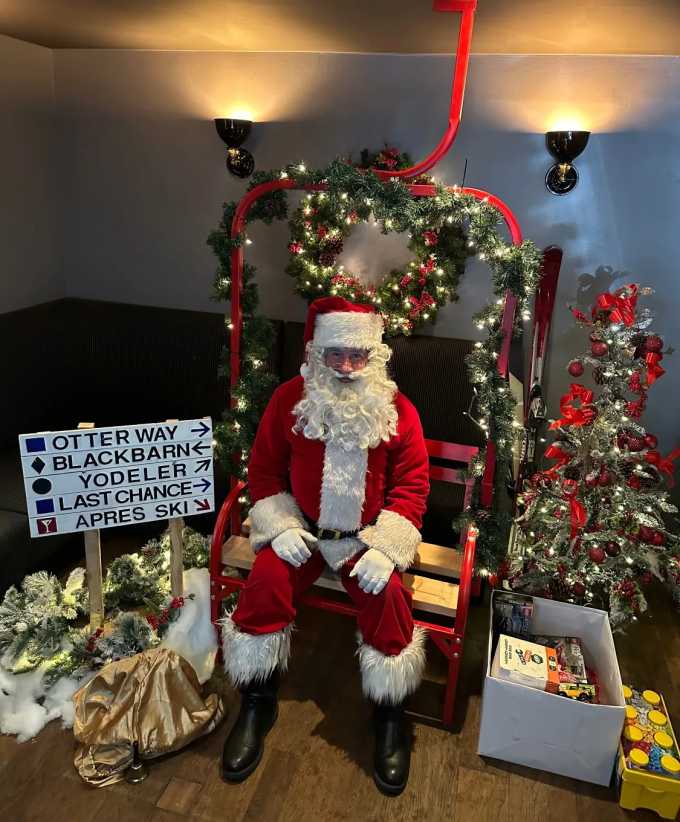Dexter Park has led many lives.
Located on Jamaica Avenue, near the Brooklyn-Queens border on the west end of Woodhaven, Dexter Park was a public park when it was founded in 1872. Later, as the area all around it began to develop, Dexter Park became a recreational outlet. For a while, it was a popular area for shooting pigeons. Maps of the property in 1901 show a dance hall, a bowling alley and a hotel on the grounds.
Nobody knows for certain where Dexter Park got its name. One story says it was named after a horse that was buried on the grounds. Another is that it was named after a man named Charles Dexter, who owned the land for a while.
As baseball became more popular, semi-professional leagues began forming to satisfy the demand for the game. Teams from all over began to play baseball at Dexter Park around the turn of the century. And that’s when Max Rosner enters the picture.
As a young man, Rosner was an immigrant from Hungary who arrived here in 1892 and opened a cigar shop. He became enamored with the game, played shortstop for a while and eventually took over as manager of the Bushwicks, a Brooklyn-based team that played frequently as Dexter Park, which had become the home field for the Brooklyn Royal Giants, one of the top teams in the Negro Leagues.
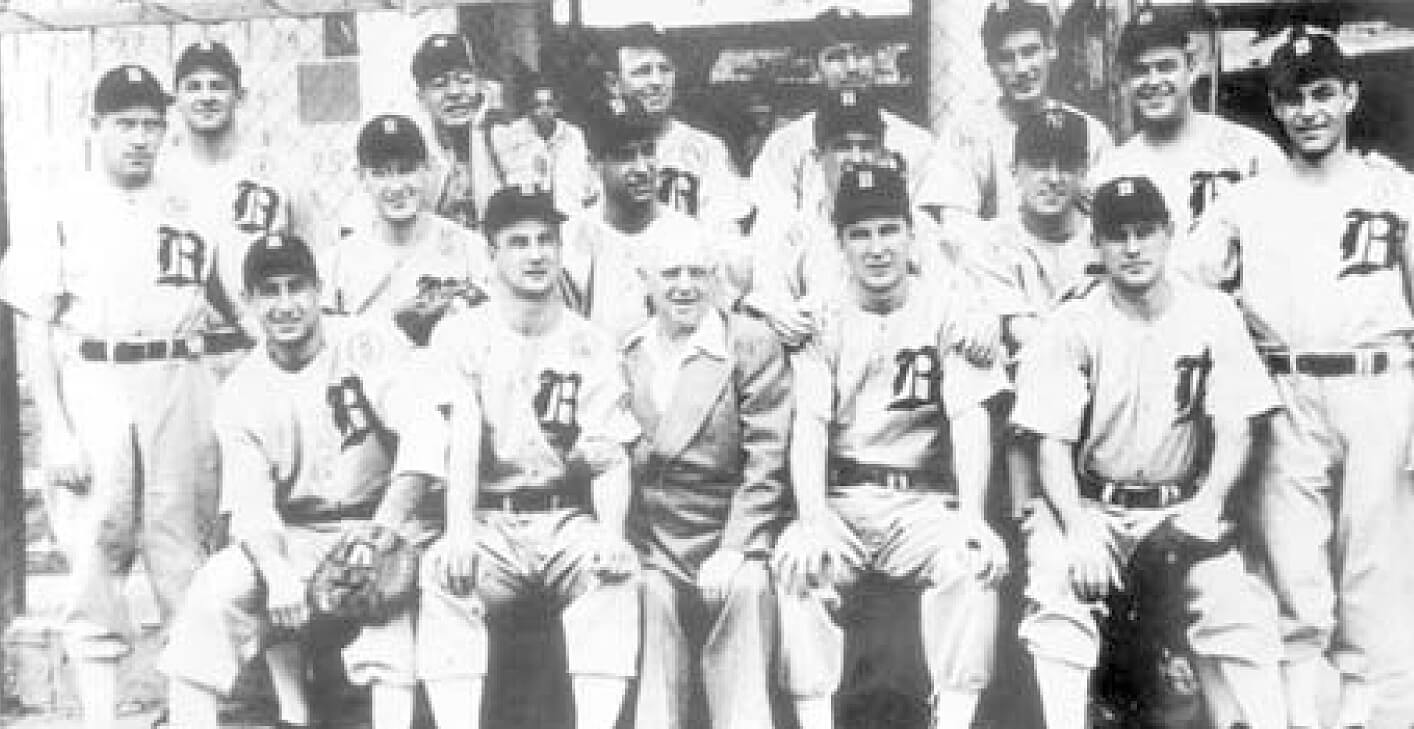
Dexter Park became the full-time home of the Bushwicks in 1913 and in 1922, Rosner partnered with team owner Nat Strong and became co-owners in the team. Together, they bought Dexter Park for $200,000.
Almost immediately, they announced plans to build a grandstand, made completely from cement and steel, and seating over 7,000 fans. Additionally, the new stadium would also have wooden bleachers that would accommodate 5,000 spectators.
The Bushwicks played other local semi-pro teams but the majority of the time they played against the famous Negro League teams of that time, including the Homestead Greys and the Black Yankees. Some of the most famous African American players of the time came to Woodhaven to show off their skills, Josh Gibson, Satchel Paige and Jackie Robinson among them.
Another popular opponent was the House of David, a barnstorming team born from a religious group. The players had long hair and beards and used baseball to raise money and spread their word. Sometimes, they hired famous ball players that would either grow beards or wear false ones in order to play.
And after the major league season was over, Rosner and Strong would bring in All-Star teams from the National and American Leagues, or teams called World Series Stars, meaning that many of the game’s greatest stars came to Woodhaven.
Babe Ruth and Lou Gehrig were regulars, as was Hank Greenberg, Carl Hubbell, Dizzy Dean, Jimmy Foxx, Joe DiMaggio and Casey Stengel. Many other future Hall of Famers came to play ball in Woodhaven.
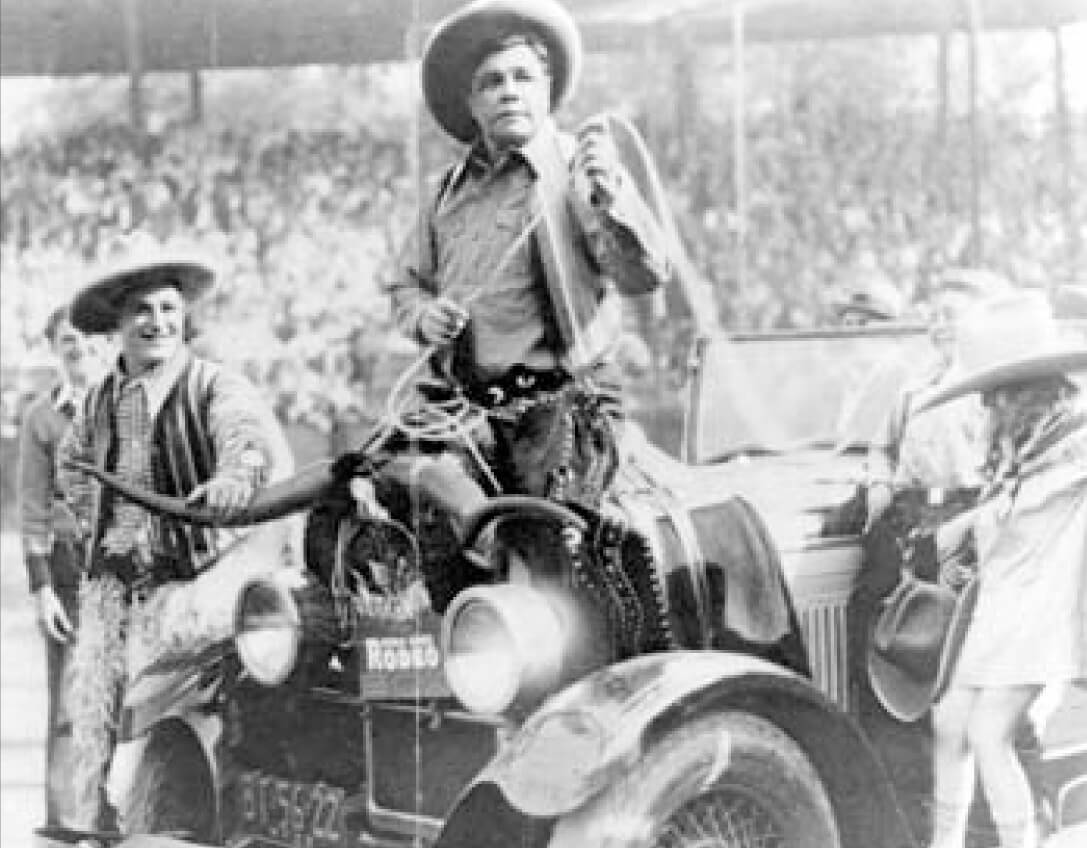
On one memorable day in 1935, legendary pitchers Dazzy Vance and Grover Cleveland Alexander faced off against each other in the first game of a doubleheader.
Rosner’s son Herman was a lawyer and an electrician and it was he who set up the light towers so that Dexter Park, on July 23, 1930, became the first stadium in the nation to regularly feature night games, five seasons before the first night game in the Major Leagues (in Cincinnati in 1935).
Rosner was very generous with his stadium, giving away free tickets regularly and using the stadium for fundraisers for good causes, such as selling war bonds. He was so beloved in Woodhaven the Leader referred to him as Uncle Max.
There were many factors that sealed Dexter Park’s fate.
When Jackie Robinson broke the color barrier, the best Negro League players went into the Major Leagues and their fans followed.
At around the same time, baseball began televising games, especially the World Series. This led to increased popularity for Major League games. Attendance at Dexter Park suffered and the Bushwicks folded.
In 1951 Rosner announced that Dexter would host stock car racing and for the next few years the roar of engines became a familiar sound in that part of Woodhaven.
Racing gave Dexter Park a temporary shot in the arm but it was short lived. Rosner passed away in 1953 and a few years later the park closed for good. The property was sold and converted into residential housing.
Today, only a marker erected by the Woodhaven Cultural & Historical Society reminds locals that there used to be a ballfield here.
